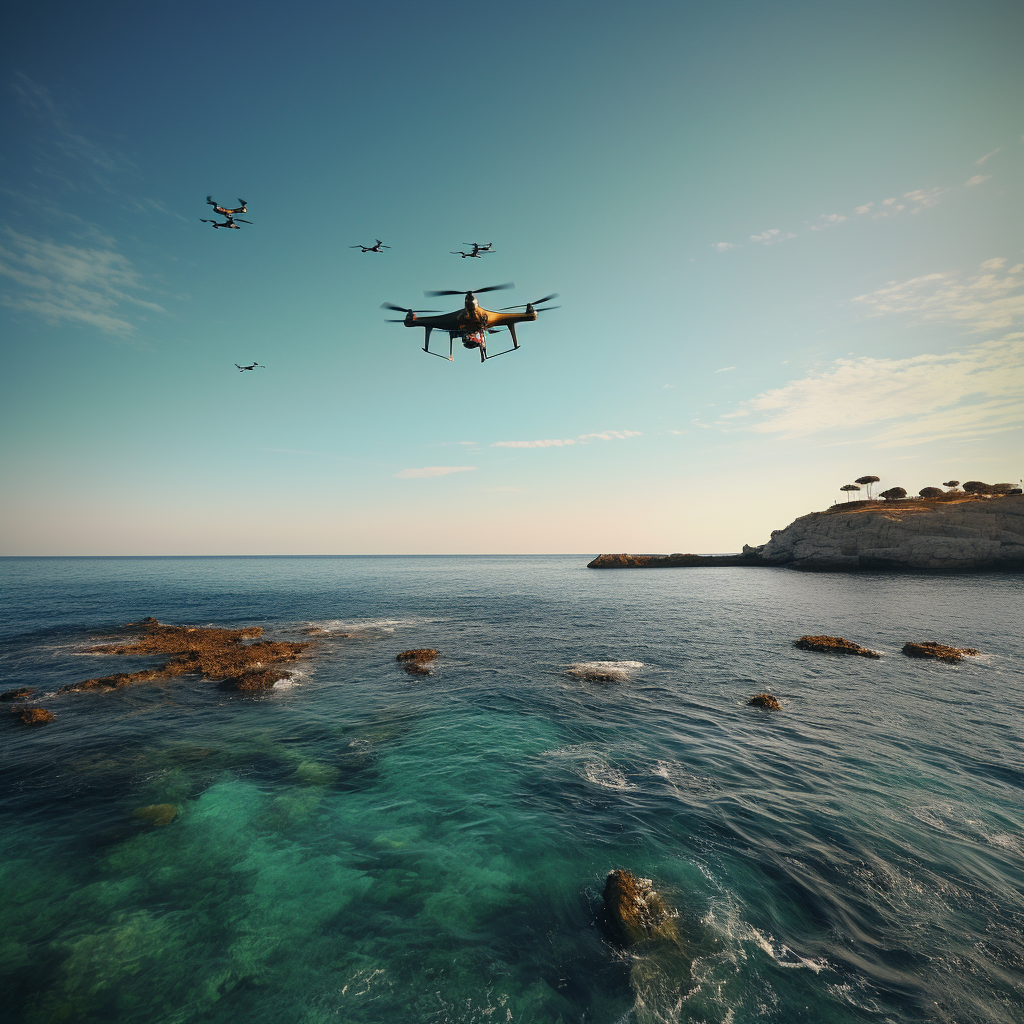
How Drones Are Revolutionizing Disaster Response in the Caribbean
CDEMA’s Innovative Approach: Drones Join the Arsenal in 2023 Atlantic Hurricane Season Preparedness
As the 2023 Atlantic hurricane season gathers momentum, the Caribbean Disaster Emergency Management Agency (CDEMA) stands vigilant and ready to confront the challenges posed by Mother Nature’s fury. With the recent update from the National Oceanic & Atmospheric Administration (NOAA) indicating an “above normal” level of hurricane activity for this year’s season, CDEMA has kicked its preparedness efforts into high gear.
The Near Future
On August 11, 2023, NOAA revised its hurricane activity prediction, citing current oceanic and atmospheric conditions as drivers for increased hurricane activity. In response to this shifting forecast, CDEMA is reinforcing its readiness to mitigate potential disasters and protect its member states.
A cornerstone of CDEMA’s readiness strategy is its efficient emergency telecommunication system, which undergoes constant monitoring. Regular communication channels are maintained with the National Disaster Offices of the 19 Participating States, ensuring swift response measures in the face of impending hazards.
Anyway, one of the most significant innovations this year is the incorporation of drones into the Regional Response Mechanism (RRM), an assembly of highly skilled teams drawn from across the Caribbean Region. These teams, including the CARICOM Disaster Relief Unit (CDRU), CARICOM Operating Support Team (COST), CARICOM Disaster Assessment and Coordination Team (CDAC), Rapid Needs Assessment Team (RNAT), and the Regional Search and Rescue Team (RSART), are on standby for potential deployment in affected areas.
Drones are set to revolutionize disaster response efforts
They will work in tandem with the Regional Search and Rescue Team to support Damage Assessment in areas affected by disasters. By providing real-time aerial imagery, drones will enable quicker decision-making and response coordination.
Lieutenant Colonel Kester Craig, Deputy Executive Director of CDEMA, emphasized the multi-faceted nature of disaster preparedness. He stressed that while numerous components are involved, the overarching goal is to bolster the CDEMA System’s capacity to safeguard the region’s people and assets.
The integration of drones into CDEMA’s disaster response strategy underscores the agency’s commitment to leveraging cutting-edge technology for public safety. By embracing the capabilities of drones, CDEMA aims to enhance its ability to assess damage, locate survivors, and coordinate response efforts, thereby ensuring a more effective and efficient disaster response across the Caribbean.
In a time where climate unpredictability necessitates innovative solutions, CDEMA’s adoption of drone technology reinforces its dedication to safeguarding the well-being of its citizens and minimizing the impact of natural disasters.


